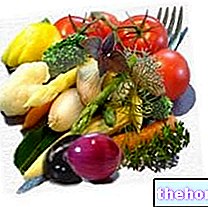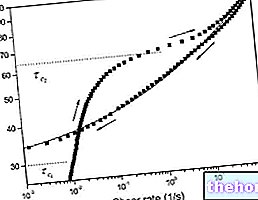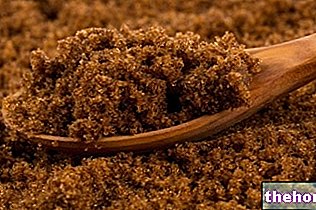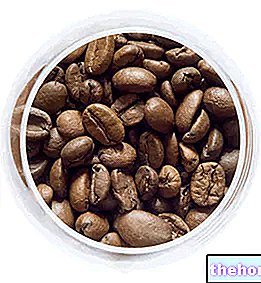Pumpkin
Pumpkin is the fruit of some herbaceous plants belonging to the Cucrcubitaceae family. The most used genus for food purposes is undoubtedly the Curcubita and, in Italy, the most commonly used species are the moschata (suitable for the famous "pumpkin cappellacci from Ferrara") and the maxima.

The fruit of the so-called "winter" varieties (maxima and moschata), which reaches a considerable size, ripens in autumn. It does not require particularly rich soils but requires fairly high temperatures.
In the Bel Paese, the pumpkin is known for its sweetness, low calorie intake, richness in mineral salts (potassium) and vitamins. It is said to promote tanning but actually contributes (like carrots) to increase carotene in skin tissues (orange hue).
Its uses are mainly: cooked (in the oven or in a pan) and stripped, dried, candied and in the form of flour.
In Italy, pumpkin flour, dried pumpkin and candied pumpkin are still little known.
Pumpkin flour
ATTENTION! It is highly recommended to inquire about the fruit of origin of pumpkin flour. Better to avoid the one from turkish turban gourd which, while lending itself thanks to the typically floury consistency of the pulp, has organoleptic and gustatory characteristics that "leave something to be desired".
Pumpkin flour is a powder obtained from the very careful grinding of the dried (sometimes steamed) pulp obtained from fresh, NOT cooked fruit.
Some pumpkin flours have a less bright color than the fresh pulp, probably due to the oxidation of the so-called retinol equivalents (vitamin A) which, logically, are partially degraded. Other flours, on the other hand, remain well pigmented, probably due to different processes In any case, I always suggest to consult the nutritional label to verify that the food is not rich in food additives (generally organic flours do not have them); in this case, it is better to prefer others with a less inviting color.
Pumpkin flour is mainly used in the preparation of both sweet and savory baked foods. There is no shortage of applications as a filling for pasta or as a base for certain soupy first courses (after rehydration), or for decorative purposes.
As with many other types of "alternative" flours, pumpkin is also particularly used in vegan and celiac cooking; obviously, as such, pumpkin flour produced in uncontaminated environments does NOT contain GLUTEN!
The price of pumpkin flour is quite high, even if the reason is not known; the organic one is around 20 € / kg. Some products clearly mention the original pumpkin on the label and, in the case of the "Turkish turban", regardless of the processing techniques, the price would be decidedly UNSUITABLE.
The nutritional contribution of pumpkin flour is quite unique. It provides a rather high energy quantity, but not comparable to that of cereal flours. Calories are mainly supplied by carbohydrates but, unlike traditional flours, these are mainly monosaccharides ( fructose) Lipids and proteins are marginal.
The most particular nutritional component is certainly represented by the fibers, which are around 15g / 100g of edible portion. On the other hand, keep in mind that the rehydration coefficient of pumpkin flour is quite high, which is why, when food is ready, this weight could be less than 100%.
ATTENTION! Pumpkin flour, due to its very high potassium content, is extremely NOT RECOMMENDED in case of chronic renal failure, since, together with other foods (rich in this mineral, but also in phosphorus, calcium and sodium), it can cause a harmful accumulation of this electrolyte in the blood.
Pumpkin puree
Problems with playing the video? Reload the video from youtube.
- Go to the Video Page
- Go to the Video Recipes Section
- Watch the video on youtube




























